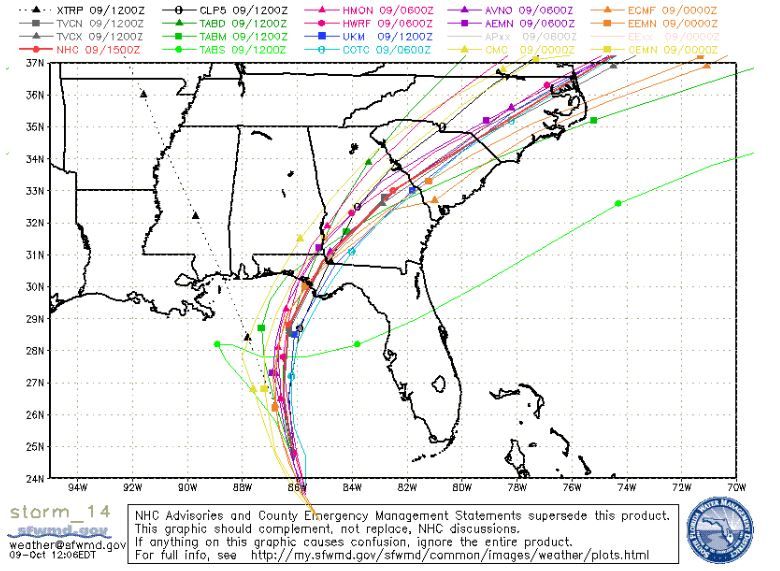
“I also love to see the HWRF and I like to show the TVCN as well. “I usually show fewer than more, most of the time limiting models on the screen to five to 10.”Īnd are some better than others? “I favor the standards of the Euro and the (American) GFS,” said Sorrells. “We use the ones we use because they are the most reliable ones in the business,” says Sorrells. There are more than 100 different models available to forecasters. I’d rather show the ones I use the most and explain what I feel is happening.” “Personally, I feel like anyone can find them on the internet and if I don’t show them, people will simply go to the web and find them anyway. Others feel like it doesn’t give a false impression.

“One camp feels like it does do a disservice because it opens the door to people who are not trained to interpret the information the chance to get a false impression of possible safety. “This is a huge area of discussion among many in the profession,” said Sorrells. Other times, forecasters will show a storm forecast with more than a dozen different paths. Sometimes meteorologists will use just five or six models. In its simplest form, a spaghetti plot is nothing more than a compilation of different computer models predicting the path of a hurricane or tropical storm. “If we didn’t put them up on a screen, or page in a graphic setting, then we would not be able to see the differences without plotting them on paper.” “We use the graphic presentation for easy and quick comparison between the models,” said Sorrells. All of them are good, but they each consider many variables, and when looking at a five-day and beyond forecast, predictions can vary widely. Meteorologists refer to these as “spaghetti models” because when laid out on a map, the storm paths resemble strings of spaghetti.

Hurricane forecasters have many different computer models to aid in predicting a storm’s path. The main difference is the amount of information going in and the computing strength of computers.” “With today’s models, computing and increased forecast knowledge, the cone is now down to about 150 miles on day four and 220 on day five. “Models in the past helped, but the error in the cone of projected movement still had errors along 300 to 400 miles on day five of the forecast. “Computer modeling forecasts have come very far in the last few years,” said News 6 chief meteorologist Tom Sorrells. It’s not always from a lack of information available it’s sometimes from having too much information. – Ever wonder why it’s so hard to predict where and when a hurricane will exactly make landfall?


 0 kommentar(er)
0 kommentar(er)
